Back at Camerimage 2017, ARRI Academy hosted HDR Masterclass, presented by Karl Walter Lindenlaub ASC. In honor of Camerimage 2018, we decide to write an article about this Masterclass, since nowadays, HDR is even more relevant to filmmakers, and accumulation of practical knowledge is crucial for HDR cinematography.
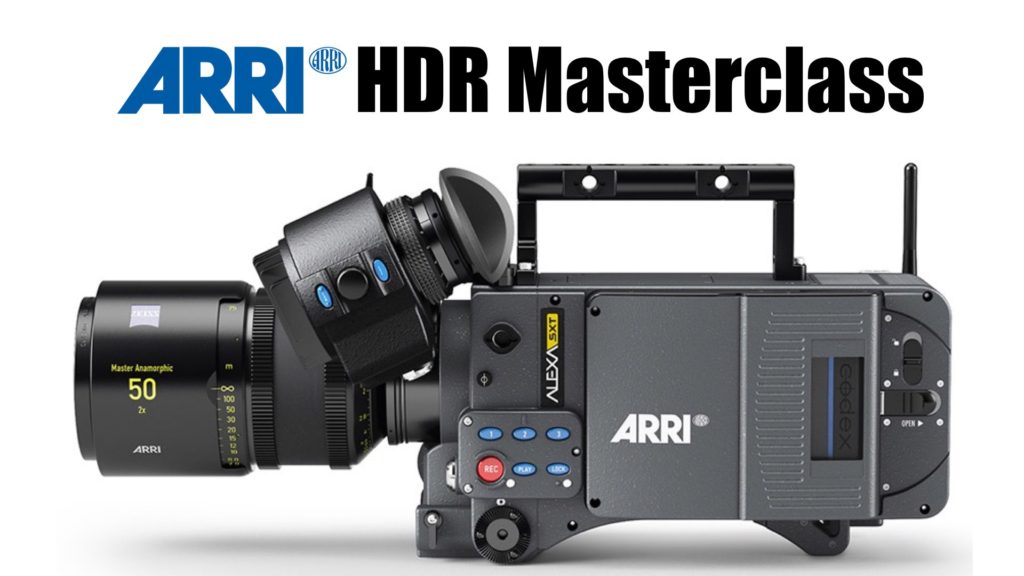
The International Film Festival of the Art of Cinematography CAMERIMAGE is the greatest and most recognized festival dedicated to the art of cinematography and its creators.

Film festival
As stated by the festival:
“The Festival proves to be a great forum not only for presentation but also for further development of international moviemaking. CAMERIMAGE helps young filmmakers and integrates the community of those already recognized, allowing them to explore new artistic areas. The Festival proves to be a great forum not only for presentation but also for further development of international moviemaking.”
CAMERIMAGE helps young filmmakers and integrates the community of those already recognized, allowing them to explore new artistic areas. The Festival proves to be a great forum not only for presentation but also for further development of international moviemaking.
[bctt tweet=”CAMERIMAGE helps young filmmakers and integrates the community of those already recognized, allowing them to explore new artistic areas” username=””]
ARRI HDR Masterclass
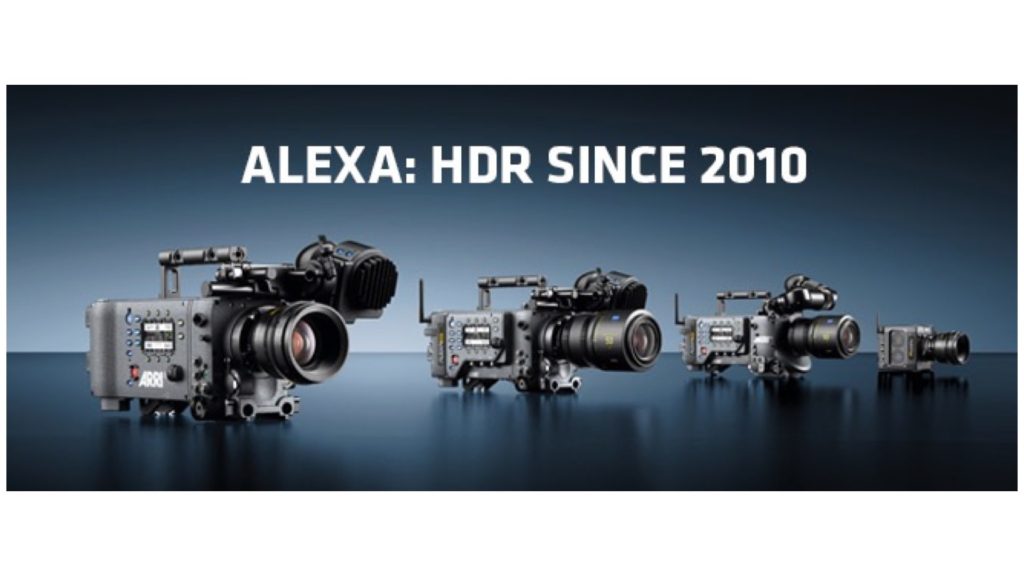
ARRI gave us the privilege to watch its HDR Masterclass that was held at Camerimage 2017 by the ARRI Academy and was conducted by Karl Walter Lindenlaub ASC.
Here are our insights:
The Masterclass was divided into five parts which contain introduction to HDR, lighting setup, footage review, implementation on set and discussion. All of the parts can be viewed on ARRI YouTube channel.
HDR is here to stay
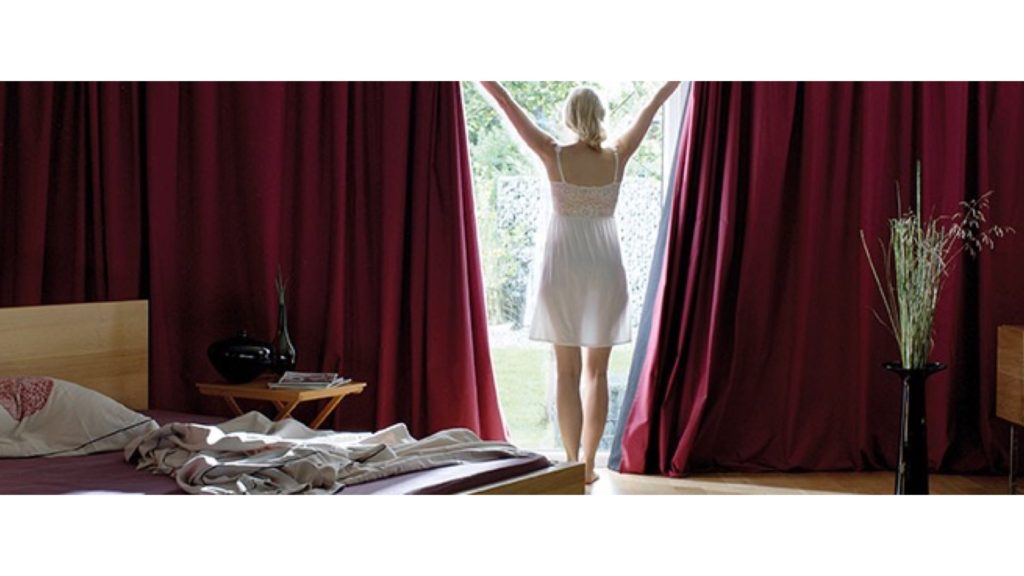
First of all, HDR is here to stay, and thus we have to create content that is (also) optimized to HDR theaters and displays.
Since 2010 ARRI cameras have the capabilities capturing HDR, but till now there wasn’t an efficient way showing HDR content. Nowadays, we have a lot more options of viewing and utilizing HDR content, and thus also must be educated on how to capture it correctly in order to present it in the most beautiful way.
Generally speaking, filmmakers must be ready to deal with HDR content, since non-HDR displays will not be available any more in the near future.
What is HDR?
HDR (High Dynamic Range) means better image quality with deeper blacks, brighter whites, more vibrant colors and details. Basically you have much larger range of possibilities regarding the look of the footage.
[bctt tweet=”HDR (High Dynamic Range) means better image quality with deeper blacks, brighter whites, more vibrant colors and details” username=””]
The best codec for HDR
For HDR acquisition, ARRI recommends shooting ARRIRAW or ProRes 4444. It’s not recommended shooting Rec 709 nor ProRes 422 (even HQ) because it will be less utilized in the grading process.
Must have: HDR monitors on set
In the next parts of the Masterclass, Karl focuses on lighting the scene in a couple of ways and in parallel checks the look on the SDR vs HDR monitors. This was my first insight. If you want to shoot HDR, verify that you own HDR monitors on set, so you can compare them to the SDR monitors in order to explore those significant changes in color, brightness and dynamic range.
The set was lighted in order to mimic three different times of day (morning, afternoon and evening).
When Karl changes the display’s output from SDR to HDR, the lights (backlight in that case) were reacted differently on the HDR monitors vs the SDR monitors.
Karl concluded that the most correct logical option is to light for SDR, but always compare it to HDR monitors, means that HDR monitors on set are crucial.
[bctt tweet=”Light for SDR, but always compare it to HDR monitors, means that HDR monitors on set are crucial” username=””]
HDR outputs vs SDR outputs
Take a look at the screenshots below taken from the HDR and SDR monitors. You can definitely explore significant differences between the SDR and the HDR displays. The HDR looks much more vibrant than the SDR.
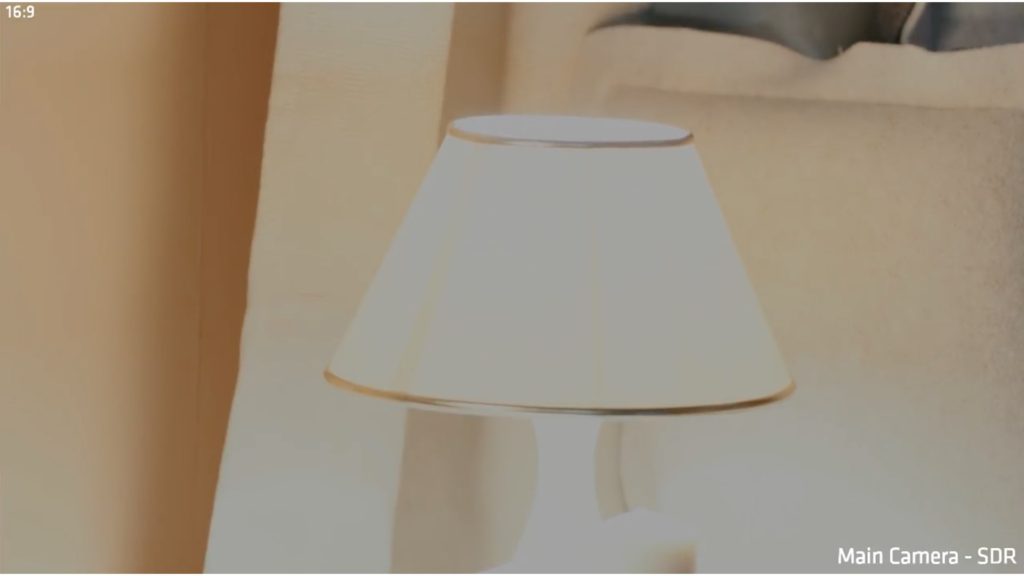
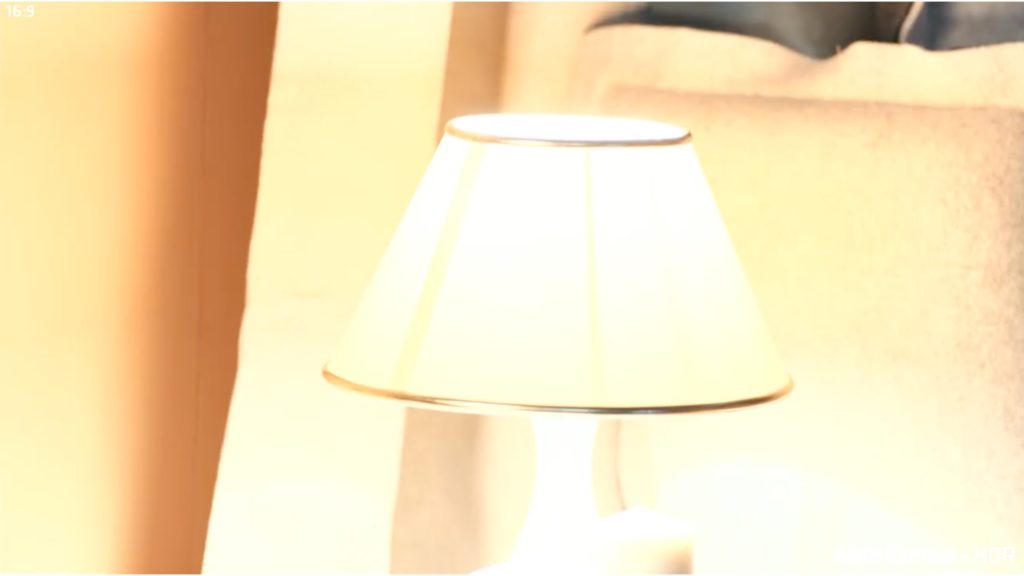
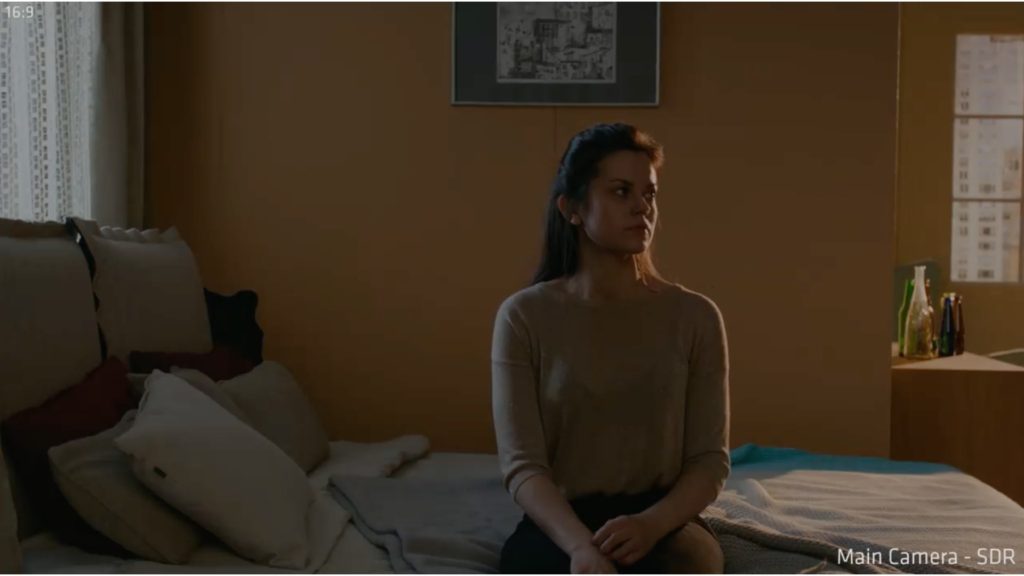
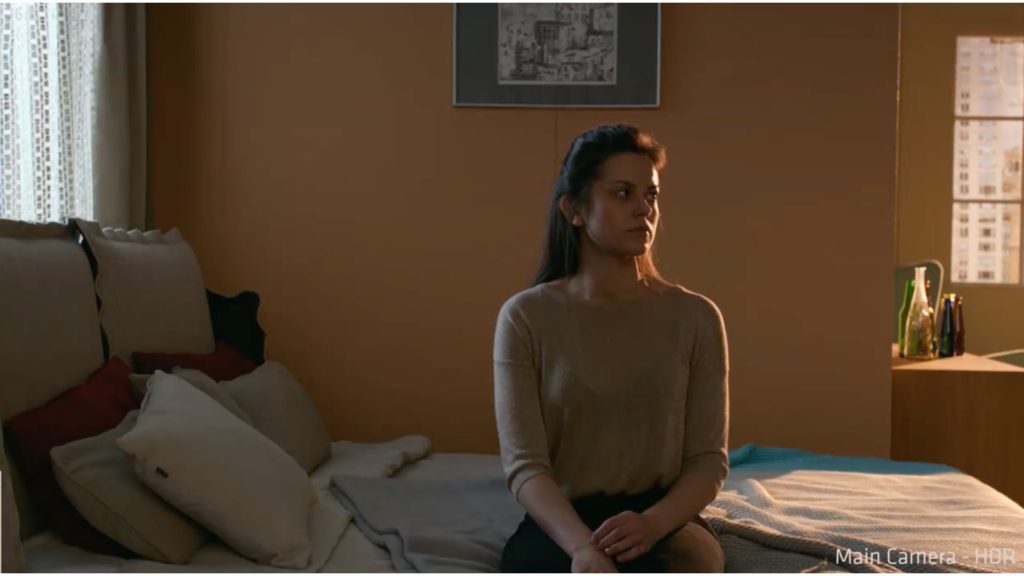
Double grading
Meanwhile, till we all will have a HDR screens, the colorists will have to double grade the HDR projects into SDR grade. Of course it’s a lot of work. Also you probably will have to re-grade all SDR movies to HDR, in the case when HDR projection is desired.
Furthermore, HDR grade for Dolby technology is different from HDR on IMAX, thus you will have to do a couple of HDR grades.
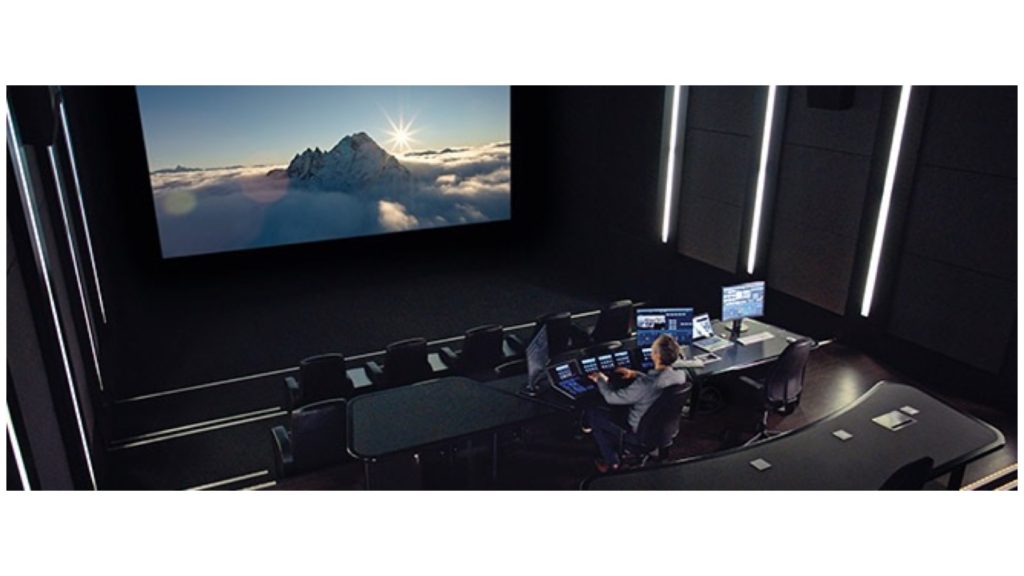
What is more difficult to grade? HDR or SDR
Well, that is an interesting question as it might be confusing. HDR is much more accurate.
SDR needs a lot of adaptations. Thus HDR is more grade-friendly than SDR.
Another grading solution that is mentioned in the masterclass, is to grade to SDR, use a HDR LUTs, and then continue the grading process from there, as the HDR LUT alone is not enough.
Furthermore, there is some financial aspects that derived from double grading that expand the post process, mainly on the colorist table. But, to be accurate, it is not exactly twice as much work, especially regarding the grading, but more like a 25% extra (if you would like to change from SDR to HDR and vice versa). If you have already done HDR, you will not have that much work to transform it to SDR.
Grading process: HDR first!
According to the Masterclass, it’s recommended to grade to HDR first, because you will need a lot less power windows due to the natural look of the HDR. Actually, the grading issues related to SDR, are less relevant to HDR, means color grading for HDR content is much easy and more forgiving.
[bctt tweet=”Grade to HDR first, because you will need a lot less power windows due to the natural look of the HDR” username=””]
Watch below the last chapter that concludes the Masterclass:
https://www.youtube.com/watch?v=AxxB_yriFUw
Final thoughts
ARRI HDR masterclass is fascinating to watch. A lot of insights and takeaways, related to production and post production.
HDR is here to stay, and we must learn how to utilized our cameras, lights and colorists, in order to use this technology to produce stunning movies.
[bctt tweet=”HDR is here to stay, and we must learn how to utilized our cameras, lights and colorists, in order to use this technology to produce stunning movies.” username=””]
Have you been shooting (or grading) for HDR? Let us know your thoughts about ARRI HDR Masterclass.

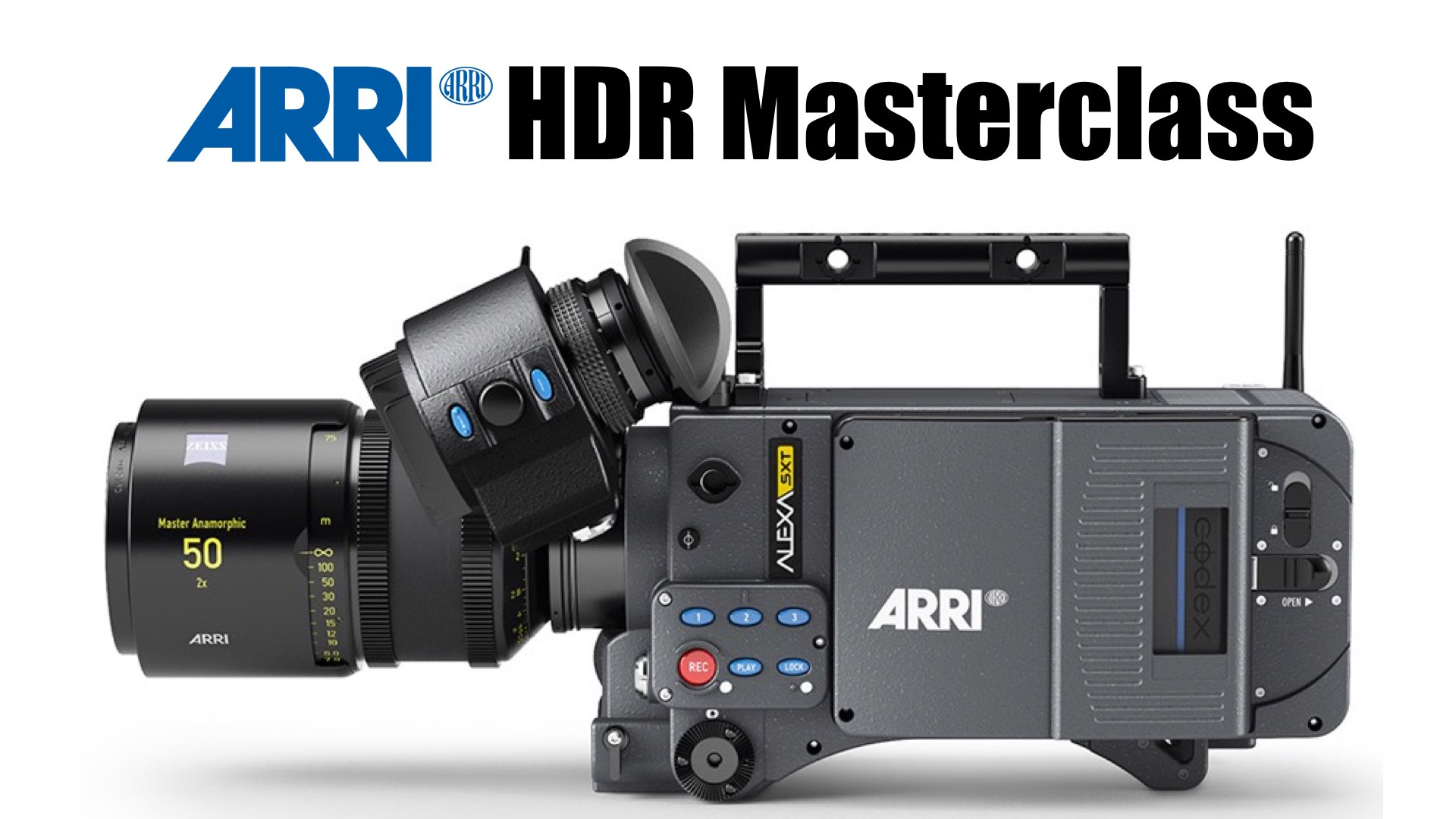

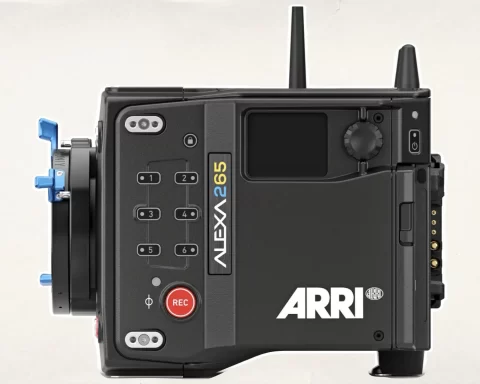
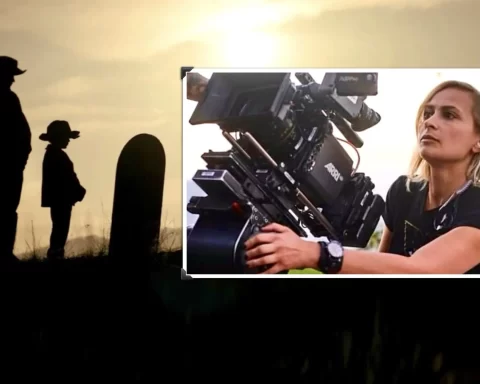
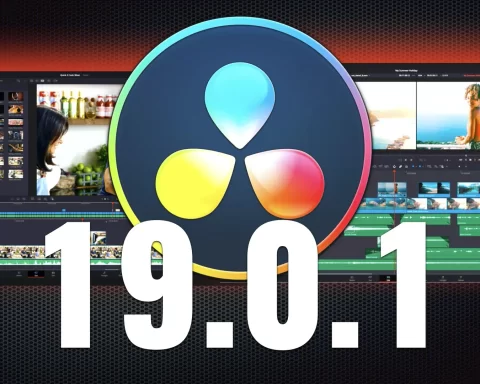

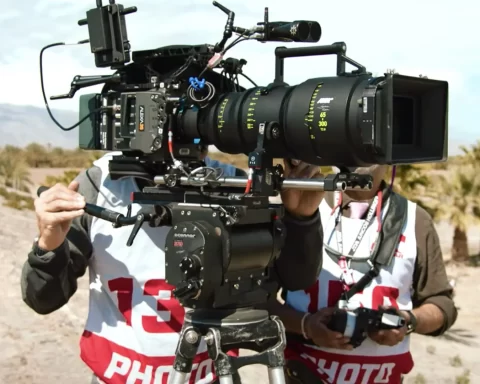

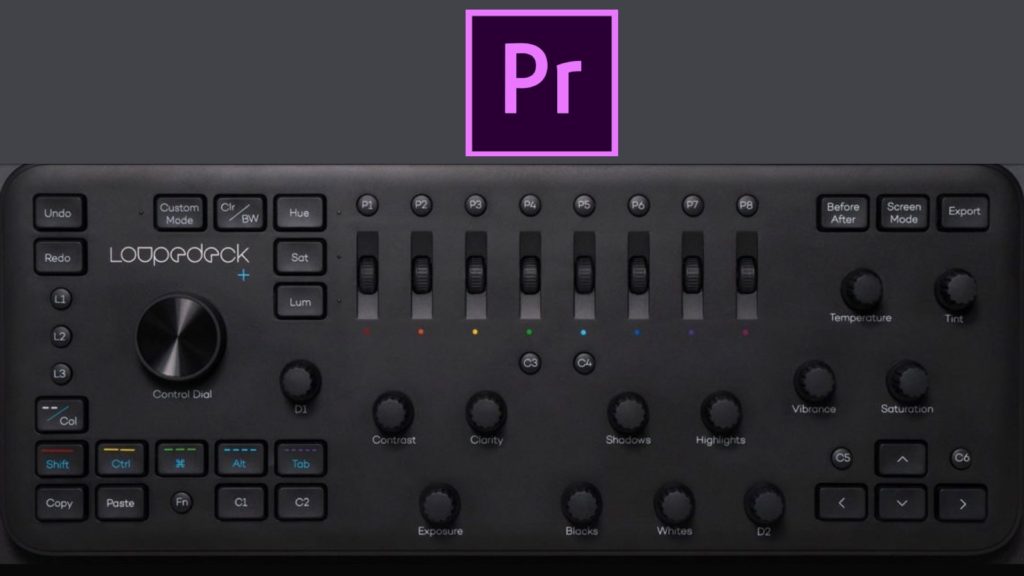
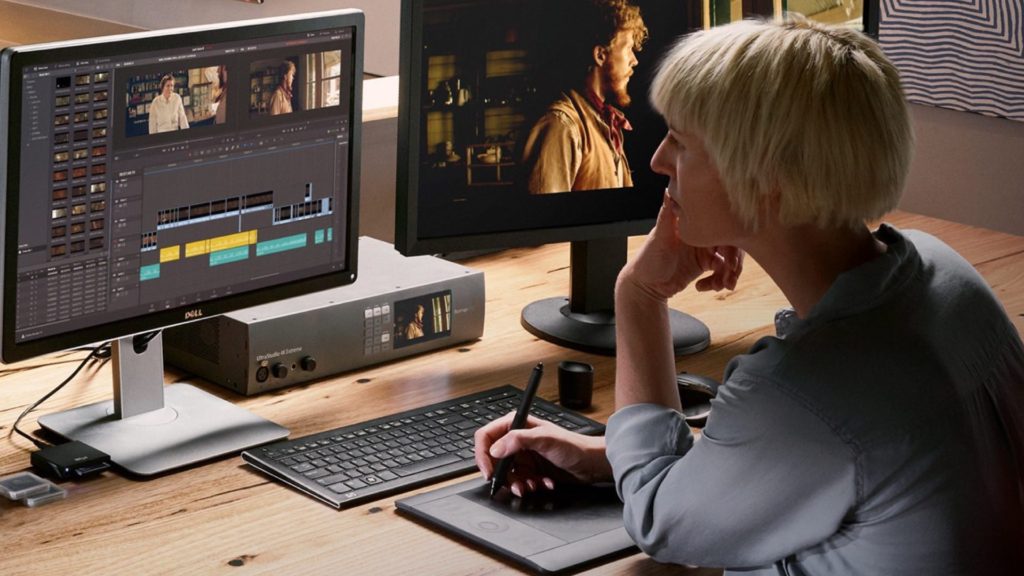






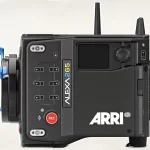
[…] Editors and colorists will enjoy the dual QHD resolution (5120×1440) and the HDR10 with an incredible peak brightness of 1,000 nits, providing superfine detail in the brightest and the darkest parts of an image. HDR10 delivers high-contrast HDR which offers advanced spectacular highlights not available in non-HDR monitors. The monitor also leverages Samsung’s revolutionary Quantum dot technology for an exceptionally wide range of accurate color reproduction, and a 1,800mm screen curvature and an ultra- wide field of view for complete visibility. We wrote an in-depth article regarding HDR which you can read here. […]
[…] Y.M.Cinema Magazine we love to write about HDR (ARRI HDR Masterclass review) since we truly believe that HDR is a fascinating concept and technology, that privileges special […]